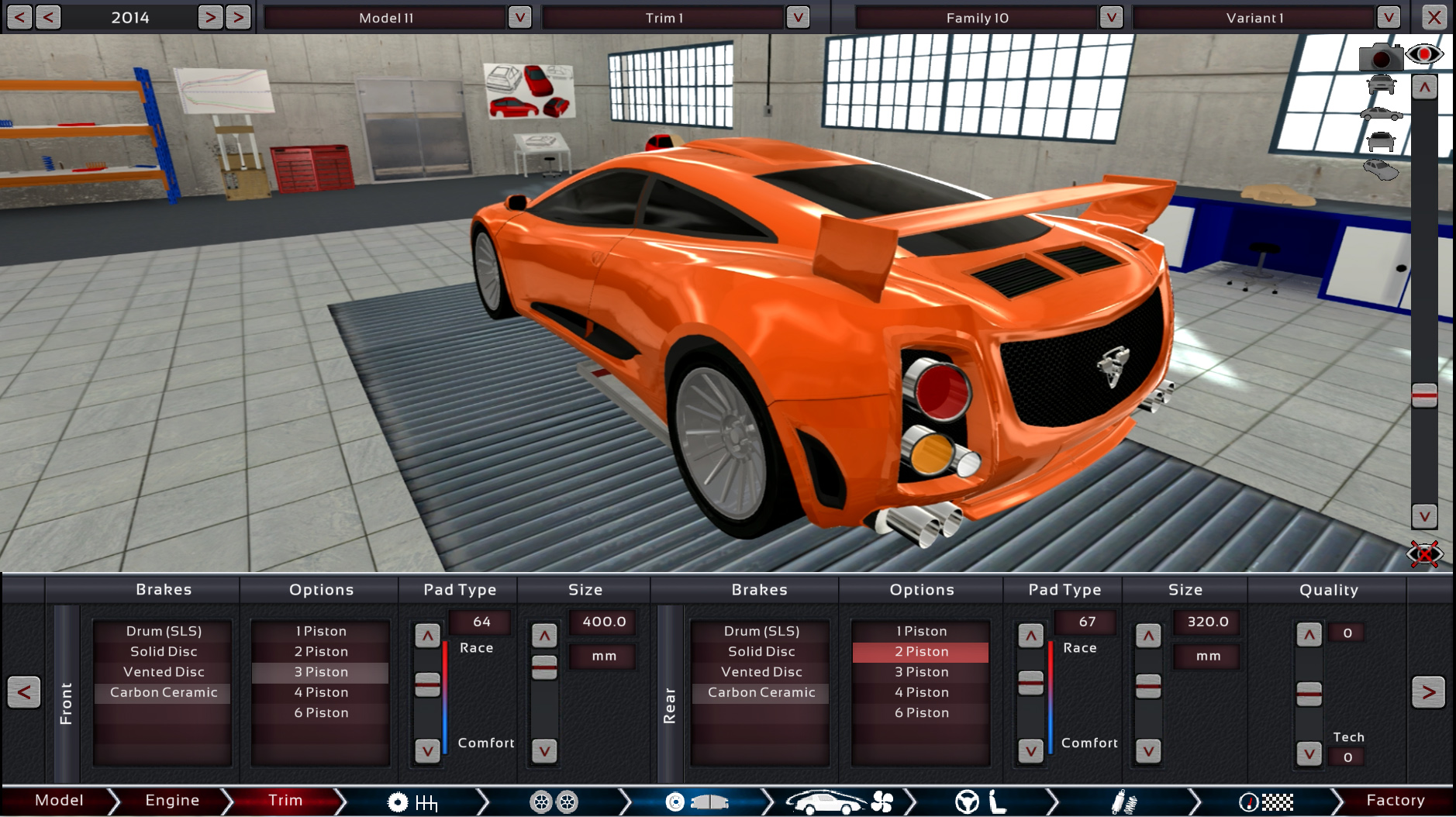Car Engine Building Software
Guide To Car Design Software and Its Uses Car design software can be used to model or simulate almost every aspect of an automobiles structure or operation. Use the table below to learn how different types of software are used to engineer a vehicle design: Software Type Use/Purpose Body shape – Model car body shape or, including sheet metal, for potential later use in and build reference measurements. /Frame Modeling – Model space frame tube structure and mounting brackets for potential later testing in and build reference measurements. Part Modeling – Model general parts like seats, pedals, brake master cylinders for fitment and assembly into a model.

Engine simulation software for engine. Download Pcmark 8 Full Crack Pc there. Performance Trends, Inc. The Engine Analyzer lets you simulate an engine build-up or modification on your personal. Motion Software offers performance engine and vehicle simulation software for the automotive enthusiast. Motion Software offers performance engine and vehicle simulation software for the automotive enthusiast. Jan 23, 2015 - Modern cars aren't merely mechanical creatures; there's more to them than engines and gearboxes. They house incredibly complex, high-functioning computers: a labyrinthine network of sensors and wires and software that is constantly measuring, communicating, and making adjustments to the engine,. Freight Sans Pro Bold Free.

Suspension Modeling – Model suspension components like wishbones, shocks, springs, steering, brake rotors, axles, wheels and tires for integration into an overal vehicle model Powertrain Modeling – Model powertrain components like engines, transmissions, transaxles, differentials, driveshafts, propeller shafts for integration into an overall vehicle model. Body shape – Most flexible means of modeling complex body shapes or, including sheet metal, for potential later use in and build reference measurements. Drawing creation – For basic dimensional drawings of all aspects of a car design to be used as build plans and reference measurements Efficiency – Using a, simulate air flows and assess the drag co-efficient of the vehicle and make improvements before re-simulating. – Using a, simulate air flows and determine lift/ at various points of the body Discrete Aero Component testing – Using a, simulate air flows and determine the lift/drag characteristics of the component Structural strength – Using a, constrain (Hold steady) one part of the, and apply loads to another part to determine the strength and ultimate buckling characteristics. Structural Fatigue simulation – Using a, simulate cyclical loads and determine cycles to failure such as might occur during operation on bumpy roads. – Using a, simulate testing by constraining one end of the and applying a load torsionally and determining the degree of twist. Suspension Geometry – Used to determine the basic suspension geometry before applying the suspension pickup points to a /frame Vehicle dynamics simulation – Using a with defined suspension pivot point and mass distribution, simulate the expected motion of the car in various tests, such as over bumps, around corners.
Task identification and Critical path identification – Identifying tasks that must be performed to build the car and where bottlenecks may occur that could delay the project. Task management – Managing the people and tasks to ensure they are completed in the order they should be and in the time duration expected. Planning – Determining the course of the project through the development of high level tasks through to detailed level tasks.